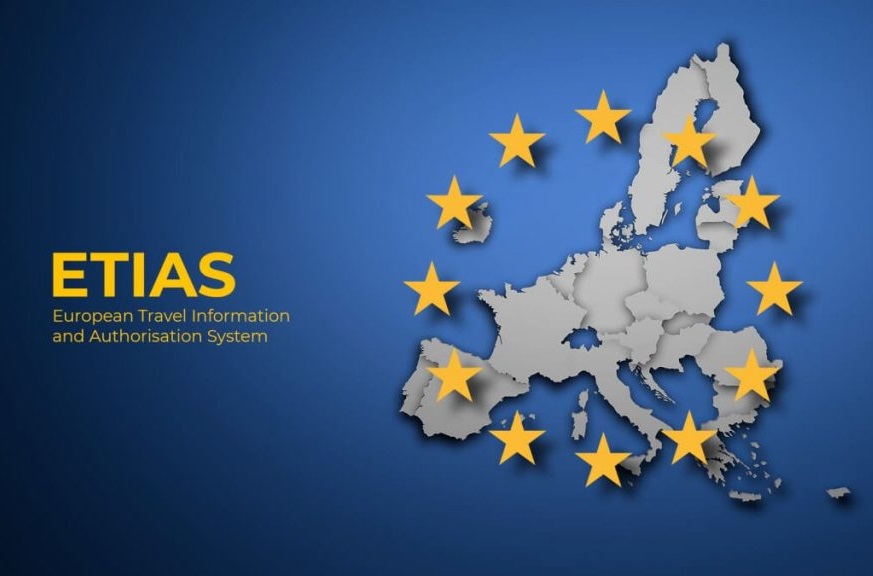Comprehensive Details on EES & ETIAS in Light of Recently Established Timeline
The European Union has recently approved a revised timetable for the rollout of the Entry/Exit System (EES) and the European Travel Information and Authorisation System (ETIAS), stating that both systems will not be operational this year.
According to the updated schedule, the Council of the EU has announced that the EES will be enforced in the autumn of the following year, while ETIAS is set to commence operations in the spring of 2025, as per SchengenVisaInfo.com.
The new plan for implementing the new IT infrastructure anticipates that the Entry/Exit system will be prepared for operation by Autumn 2024, and ETIAS will be poised for operation by Spring 2025.
EU Council
The original plan for the launch of the Entry/Exit System (EES) in 2022 has faced continuous delays due to various setbacks, prompting EU authorities to officially set its operational debut for the coming year.
The EES, designed to automatically register visa-exempt travelers entering the EU, will necessitate passport scanning at self-service kiosks upon entry, enhancing security and identifying those exceeding permissible stays in the Schengen Area.
Due to the interdependence of the ETIAS launch on the EES, the ETIAS implementation has also been postponed, now slated for spring 2025, as confirmed by EU authorities.
Under the revised scheme, non-visa-required travelers from third countries must obtain travel authorization for entry into the EU.
Once ETIAS becomes active, eligible individuals can apply online for €7, and upon approval, the document will be electronically linked to their passport, valid for three years, streamlining the process for future travels.
Furthermore, the ETIAS will cross-verify applicant data with existing systems like the Schengen Information System (SIS) and the Visa Information System (VIS) to enhance the screening process.

